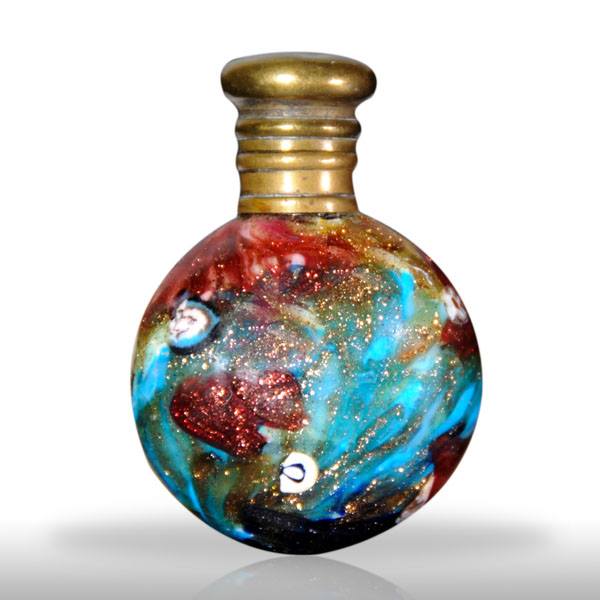French Origins of Decorative Glass Paperweights

Fantastic glass paperweights were initially mainstream somewhere around 1845 and 1860 in focal France. The French glass processing plants of Baccarat, Saint-Louis and Clichy delivered give or take 25,000 weights amid this time, however they rapidly lost ubiquity as penmanship letters turned out to be more of an oddity. The primary ever World’s Fair in 1851 London showcased glass paperweights; the display drew swarms so huge that the reasonable in the end needed to proportion survey time.
American Independent Studio Glassblowing Movement
It wasn’t until the mid-1900s that paperweights re-developed as a well known fine art when Charles Kaziun, Jr., started to create glass catches, paperweights, inkwells, bottles and exquisite lampwork. In the long run, the autonomous studio glass blowing group was conceived as a few U.S.- based studios rose, making particular lines of work. A portion of the more striking studios included Orient and Flume, Correia Art Glass, St. Clair Glass (now called The House of Glass), Lotton Art Glass, Parabelle Glass and Lundberg Studios.
The greater part of the botanical paperweights from the mid-twentieth century included implausible cartoonish blooms. In the long run, Paul Stankard, considered the father of the advanced glass paperweight, developed with his previous associate, Jim D’Onofrio, to make excellent botanical glass paperweights so reasonable that people in general regularly accepted that they had really encased live blossoms inside of the circles.
Favored Paperweight Collectors Through Time
Today you’ll locate an energetic group of glass paperweight gatherers around the world, a few of whom host national or territorial traditions, visits addresses and barters. Some of their more acclaimed ancestors incorporate French essayist Colette; Irish writer Oscar Wilde; American author performer Truman Capote; Napoleon III’s wife, Empress Eugenie; Maximilian I of Mexico’s wife, Empress Carlota; and Farouk, King of Egypt.
Midwestern land magnate, Arthur Rubloff, called “the man who changed the substance of Chicago,” may possibly be viewed as the most well known authority of paperweights. Rubloff’s accumulation is viewed as the finest on the planet and can be seen at The Art Institute of Chicago. Today, the absolute most looked for after paperweights offer at costs above $300,000.




